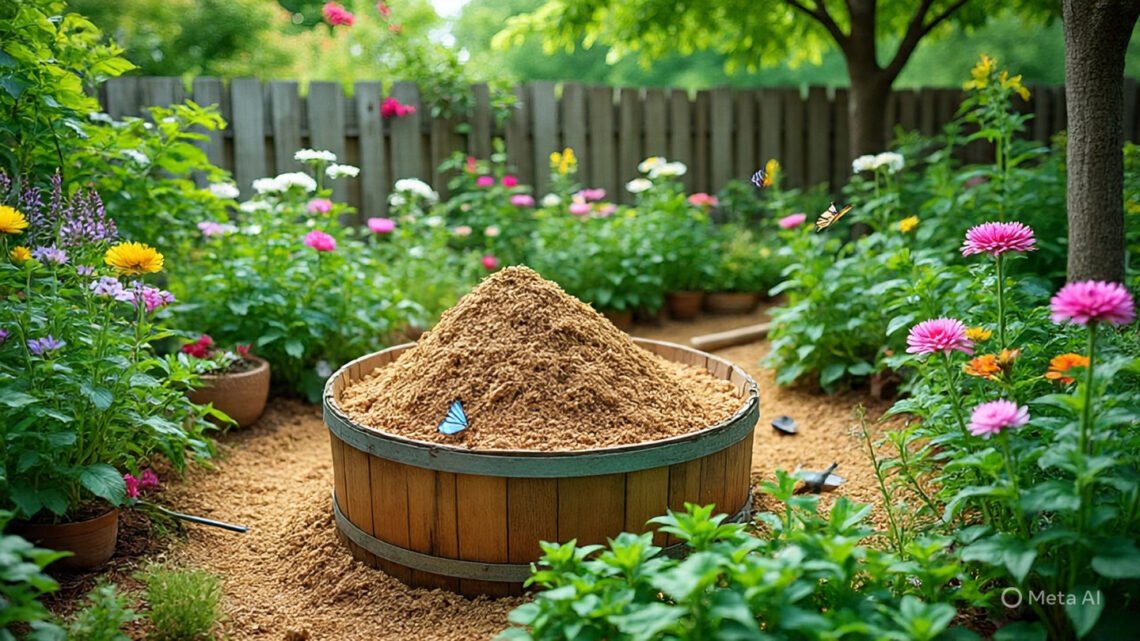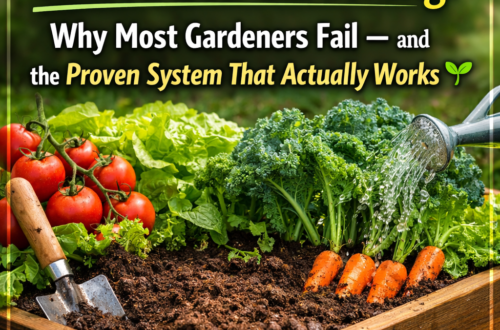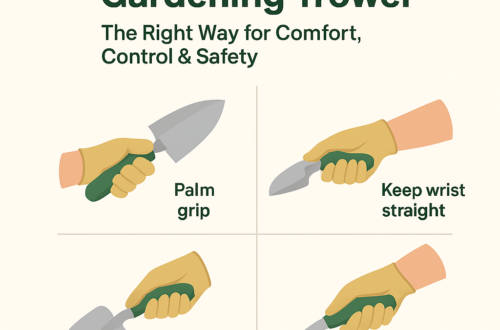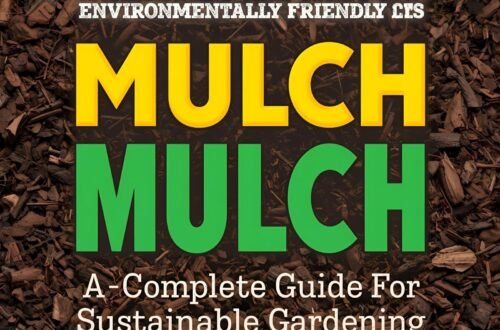🌿 Is Sawdust Good for Gardens? (Complete Guide)
If you do woodworking at home or have easy access to sawdust, you may wonder: Can I use sawdust in my garden?
Having experimented with sawdust in my own vegetable beds and flower patches, I’ve seen both the benefits and challenges it brings. Used the right way, sawdust can improve soil, conserve moisture, and reduce waste. But if applied incorrectly, it can harm plant growth.
In this guide, we’ll explore whether sawdust is good for gardens, how to use it safely, and what to avoid.
🌍 Benefits of Using Sawdust in Gardens
- Moisture Retention – Sawdust helps soil hold water longer, reducing frequent watering.
- Weed Suppression – A sawdust mulch layer can prevent weeds from sprouting.
- Soil Improvement – Over time, decomposed sawdust adds organic matter to the soil.
- Eco-Friendly Recycling – Repurposes woodworking byproducts instead of sending them to waste.
- Aesthetic Appeal – Light-colored mulch brightens up garden beds.
⚠️ Drawbacks of Sawdust in Gardens
- Nitrogen Depletion – Fresh sawdust uses up nitrogen during decomposition, which can starve plants.
- Acidity Issues – Certain wood types (pine, cedar) may acidify soil.
- Slow Breakdown – Large amounts can take years to fully decompose.
- Potential Contaminants – Treated or painted wood sawdust should never be used.
🛠️ How to Use Sawdust in Your Garden (Step-by-Step)
- Use Untreated Sawdust Only
- Avoid sawdust from painted, varnished, or pressure-treated wood.
- Compost Before Applying
- Mix sawdust with green waste (grass clippings, food scraps) for at least 6 months before use.
- Apply as Mulch
- Spread a thin 1–2 inch layer around plants.
- Keep mulch a few inches away from stems to prevent rot.
- Balance Nitrogen Levels
- Add a nitrogen-rich fertilizer (composted manure, coffee grounds, or blood meal).
- This prevents nutrient lock-up in soil.
- Use in Walkways or Paths
- Sawdust makes an excellent, natural pathway covering.
🌼 Best Uses of Sawdust in Gardens
- Mulching fruit trees & shrubs
- Composting with food waste
- Acid-loving plants (blueberries, azaleas, rhododendrons)
- Garden pathways & chicken coop bedding
❓ FAQs About Sawdust in Gardening
Q1: Can I put fresh sawdust directly in my garden?
It’s better to compost it first; fresh sawdust may rob nitrogen from the soil.
Q2: Is sawdust good for vegetable gardens?
Yes, but only in moderation and with added nitrogen to support plant growth.
Q3: Which plants like sawdust mulch?
Acid-loving plants like blueberries, strawberries, and azaleas benefit most.
Q4: Can sawdust be used in compost bins?
Yes—it’s a great carbon-rich “brown” material when mixed with “green” waste.
Q5: What kind of sawdust should I avoid?
Never use sawdust from treated, painted, or stained wood—it may contain harmful chemicals.
- Top 5 Eco-Friendly Mulching Materials
- How to Build Healthy Soil with Organic Matter
- The Best Ways to Reuse Wood Waste in the Garden
✍️ Author
Written by: Ecorganicas
Ecorganicas is a gardening blogger with over 10 years of experience in eco-friendly gardening and sustainable practices. Having tested natural mulching materials like sawdust, leaves, and compost, Ecorganicas shares practical, first-hand advice for gardeners who want to build healthier, greener backyards.
Discover more from Ecorganicas
Subscribe to get the latest posts sent to your email.






